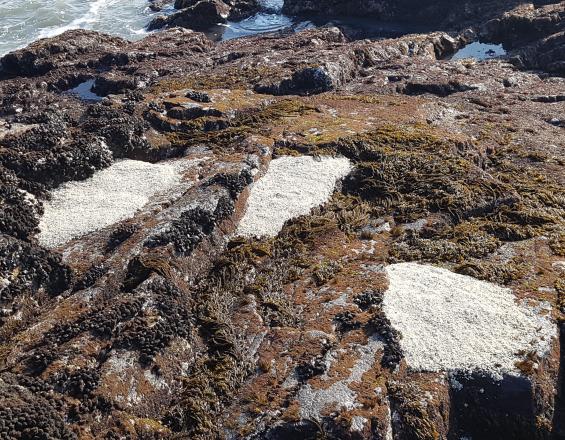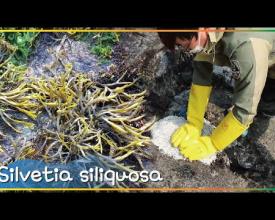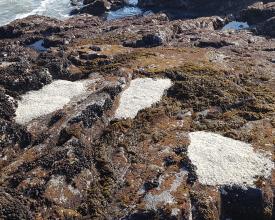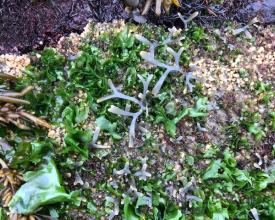
Artificial Adhesive Substrate Restores Seaweed Habitats in Korea

Using biopolymer made of castor extract mixed with sand to produce an adhesive substrate, seaweed habitats have been successfully restored on the shores of Dadohaehaesang National Park in the Republic of Korea (RoK).
Coastal ecosystems in RoK have been experiencing many changes, including the decline of seaweed communities. To help address these concerns, the Korea National Park Service (KNPS) launched a pilot project in Namdong-ri, Jindo-gun in 2017.
The project sought to create nurturing habitats in which seaweed could become naturally established. To do this, it used a biopolymer made of castor extract, and mixed this with sand to produce an adhesive substrate. This was then placed on areas of bare rock in the inter-tidal zone. The existing seaweed habitats within the intertidal area were maintained as they were; the adhesive substrate was used only in empty spaces where seaweed had not colonised.
Impacts
A follow-up investigation of the pilot sites showed that 13 species of seaweed, such as Ulva pertusa and Sargassum fusiforme, had become successfully established. The study also showed that the artificial substrate supported a higher biomass than the natural bedrock.
The substrate is characterised by its rough surface, which makes it easier for seaweed to attach to it than to natural bedrock. It also has good resistance to waves. Overall, the findings of the pilot project suggested that the substrate acts as a biofilm, enabling seaweed to adhere more easily to the surface of rocks and reducing the time needed for restoration.
Based on the results of the pilot project, KNPS has now expanded its efforts and used adhesive substrates on some 4,000 square metres in 85 different seaweed habitats, in cooperation with local residents on the coast of Dadohaehaesang National Park.





